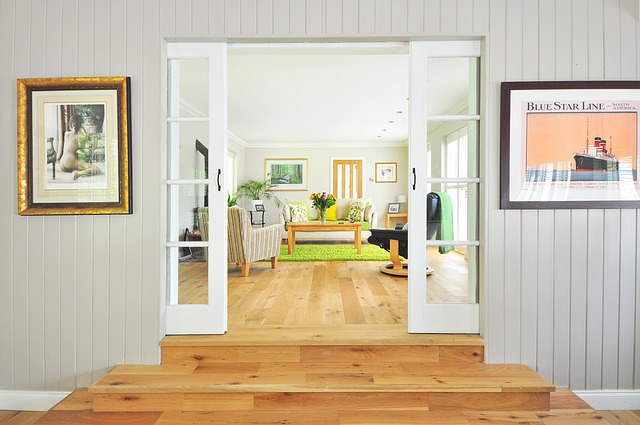Home design is more than simply arranging furniture aesthetically in just a space; it’s actually a comprehensive procedure for transforming the climate and functionality of your room. It is really an art that marries aesthetics, functionality, as well as the personality in the occupants to make a harmonious and welcoming living or working place. In this article, we’ll explore the fundamentals of interior planning and exactly how it might enhance the spaces we inhabit.

Understanding Home design
Design is the process of planning, organizing, and decorating the lining of your space to make a visually pleasing and functional environment. It features a great deal of elements, including color schemes, furniture selection, lighting, spatial arrangement, and in many cases picking a decorative elements like artwork, rugs, and curtains.
Key Principles of Home design
1. Balance: Achieving balance in the space is crucial to cooking a harmonious atmosphere. There’s 2 forms of balance in home design: symmetrical and asymmetrical. Symmetrical balance involves arranging elements evenly on both sides of your central axis, while asymmetrical balance is achieved through a careful arrangement of different elements that create visual equilibrium.
2. Harmony and Unity: Harmony may be the sense of cohesion and consistency in a design. It involves using elements and principles that complement one another, making a a feeling of unity within a space. A harmonious home design ideas should convey a regular style, colors, and theme.
3. Scale and Proportion: Scale and proportion make reference to the size and relationships of numerous elements inside a space. A well-designed room considers the size and style of furniture, decor, and architectural features to ensure that they work together seamlessly.
4. Emphasis and Points: Setting up a focus in the room draws attention to a particular area or element, such as a portray, a hearth, or possibly a statement piece of furniture. Emphasizing certain elements helps you to move the viewer’s eye and adds interest for the space.
5. Rhythm and Repetition: Rhythm will be the flow and movement inside a room. Repetition of colors, shapes, patterns, or textures can make a a sense rhythm and cohesiveness from the design.
The Interior Design Process
Designers follow a structured process to achieve their vision. This process typically includes these stages:
1. Initial Consultation: The designer meets your client to comprehend their needs, preferences, and budget. This task is vital in establishing the project’s direction.
2. Space Planning: With this phase, the designer generates a layout that optimizes the application of space while considering the client’s functional requirements.
3. Concept Development: The designer develops a design concept that encompasses the design, color scheme, and overall mood from the space. This concept serves as a blueprint for your project.
4. Material and Furniture Selection: The designer chooses materials, furniture, lighting, and accessories that align with the design concept, ensuring they satisfy the client’s aesthetic and functional goals.
5. Execution: This stage involves implementing the structure plan, which include coordinating with contractors, overseeing construction or renovations, and managing the setting up furnishings and decor.
6. Styling and Decoration: The last touches, like arranging decor and adding personal touches, are essential to accomplish the area and earn it unique.
Home design is really a multifaceted discipline that transforms empty rooms into personalized and functional spaces. It combines creativity, problem-solving skills, with an understanding of human psychology to produce environments that reflect the personality as well as of these occupants. Even tho it’s a cozy lounge, an effective workspace, or perhaps a luxurious hotel suite, interior planning has the strength to elevate our surroundings and enrich our lives. By staying with the principles and processes outlined in the following paragraphs, you’ll be able to start a journey to craft spaces that inspire and delight.
For more information about 70s interior design check this popular web portal
